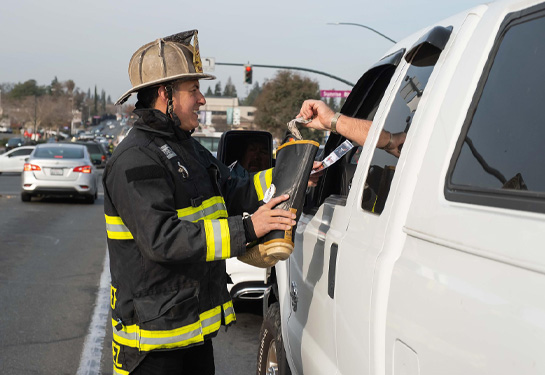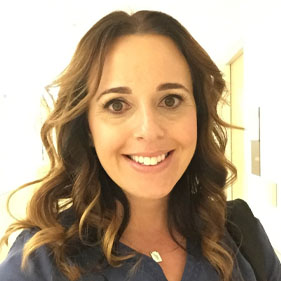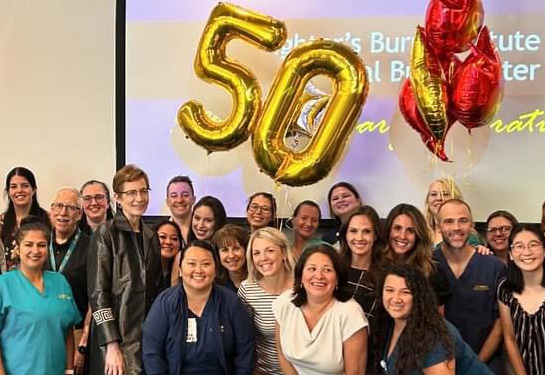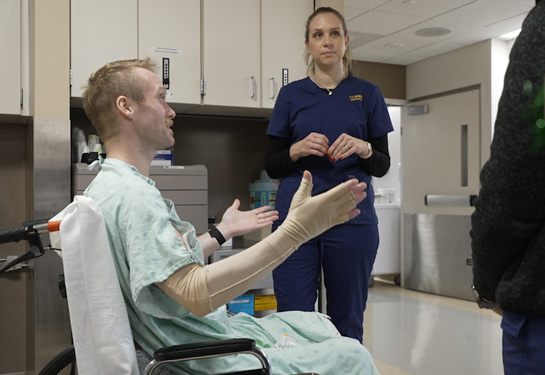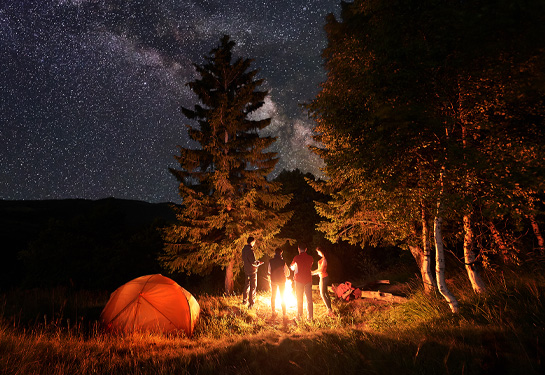Support and resources for burn survivors result of tragic plane crash 50 years ago
This story is part three in a three-part series commemorating the Farrell’s Ice Cream Parlour crash in Sacramento in 1972, and the subsequent nationally recognized burn center expertise that resulted from the tragedy.
Part one: Fiery crash 50 years ago spurs today’s world-class burn care
Part two: Advances in burn care after deadly plane crash lead to better survival rates
Rayne Carr doesn’t remember much about July 4, 2012. They were five years old that day – the day they ended up with third-degree burns due to a sparkler accident.
“I remember my father handed me the sparkler. One of the sparks hit my hand, so I dropped it on the ground. Then I looked down and saw my skirt was engulfed in flames,” said Carr, who’s now 16 and uses nonbinary he/they pronouns.
Holly and Leon Carr had taken every precaution to keep their child safe while using fireworks. The hose and a bucket of water were at the ready. But when Rayne noticed their skirt “lit up faster than tissue paper,” Carr’s parents trusted their instincts.
“I immediately jumped on top of Rayne,” Holly Carr explained. “If we hadn’t been taught to stop, drop and roll as kids, we probably would have panicked.”
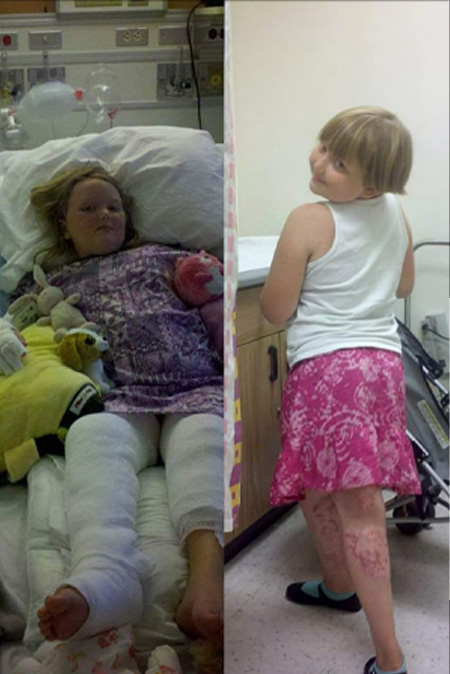
Panic and fear might also have continued for the Carrs, were it not for the incredible medical team that cared for Rayne at Shriners Children’s Northern California and the support programs offered by the Firefighters Burn Institute in Sacramento.
The renowned Shriner’s burn care team and the burn institute were both created as a direct result of a tragedy that rocked Sacramento 50 years ago this week – the plane crash into Farrell’s Ice Cream Parlour, which killed 22 people and injured many more.
For decades, patients and their families have benefitted from the world-class burn care and support.
“As a parent watching your child struggle with uncontrollable pain, I was trying to find any support system that I could for them and me,” Holly Carr said. “I was excited for Rayne to know they were not the only one.”
The next summer, Rayne Carr attended the institute’s Firefighters Kids Camp, a six-day action-packed camp for young burn survivors, and has attended every year since.
“I was so excited to just be around other kids who knew what it was like and that we could do what we wanted without the fear of being judged,” Rayne said.
From heartbreak springs support and hope
Burn survivor camps, the Firefighters Burn Institute and the world-class burn care in the Sacramento region would likely not be a reality had it not been for the 1972 plane crash that devastated the community That’s when a jet attempting to take off from Sacramento Executive Airport crashed into a crowded Farrell’s Ice Cream Parlor
The catastrophic event prompted Sacramento Fire Capt. Cliff Haskell to create a foundation that raised money to establish the institute and the burn center at UC Davis Health. Then 23 years later, Shriners Children’s launched a pediatric burn unit across the street.

“From the ashes, we realized that, as firefighters, we do what we can while we’re there and then figure out how can we do something better,” explained Joe Pick, executive director of the Firefighters Burn Institute. “That opened up all the doors for our programs for kids and other support groups so we could connect with this community.”
Healing for survivors and their families
Coleen Gonzalez says when she learned that her 18-year-old son Gabriel was severely burned in a firepit accident last year, “it’s the worst call you get.” While the care team at the Firefighters Burn Institute Regional Burn Center at UC Davis Medical Center mapped out his six weeks of physical recovery, she turned to support groups that help survivors and their caregivers deal with emotional healing.
“This is like a marathon you’re running. Even when he got home, we were still running that marathon,” Gonzalez said. “The group has taught me I’m not the only one. And that, yes, it’s going to be different, but we don’t have to stop living.”
When the family considered taking a Hawaiian vacation just 10 months after Gabriel left the hospital, she relied on those resources, once again, to make sure they were doing the right thing.
“After talking with them I felt better about going on the trip,” Gonzalez explained. “Not that I wish this upon anyone, but having UC Davis and the Firefighters Burn Institute, it’s just a blessing to have it in our backyard.”
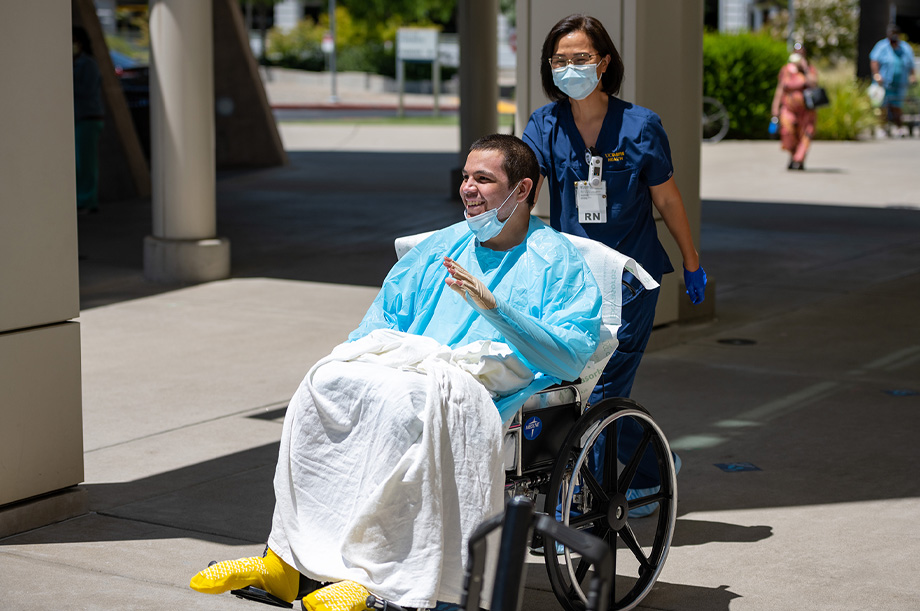
The institute and its support resources have earned a national reputation for providing critical services to survivors and families. This includes weekly meetings ranging from half-hour lunch bunch gatherings to hour-long discussions with health care professionals. There’s even a session devoted to yoga and mindfulness.
The institute is also a Phoenix Society SOAR-designated facility, recognized for providing peer support and mentoring for burn survivors.
Registered nurse Lauren Spink helped care for hundreds of critically ill patients in the burn unit for 14 years before transitioning to the role of outreach coordinator for the center two years ago.
“As an ICU bedside nurse, there was only so much I could do to prepare our patients to go home,” she said. “As the outreach coordinator, I am able to provide ongoing support even after discharge.”
As an ICU bedside nurse, there was only so much I could do to prepare our patients to go home. As the outreach coordinator, I am able to provide ongoing support even after discharge.—Lauren Spink, UC Davis Health Burn Center outreach coordinator
One of those patients was Grace Basquez. Basquez suffered second- and third-degree burns when 300-degree hot water was accidently poured on her torso during her shift at the Campbell’s Soup Company in 2009.
“I had some nerve damage and had to have physical therapy for months just to lift a spoon and feed myself,” she said. “I felt my whole world was upside down.”
While Basquez’s burn is considered hidden because her clothes cover the scars, the accident’s emotional toll was very evident.
"I was the one who worked and took care of others,” she explained. “Now, the roles were changed and that mentally made it much worse for me.”
She began to heal her emotional scars in the UC Davis Health support groups. Basquez’ husband attended as well. To this day, they share with family and friends what they learned in the group.
“Without that group I don’t know where we would be,” she said.
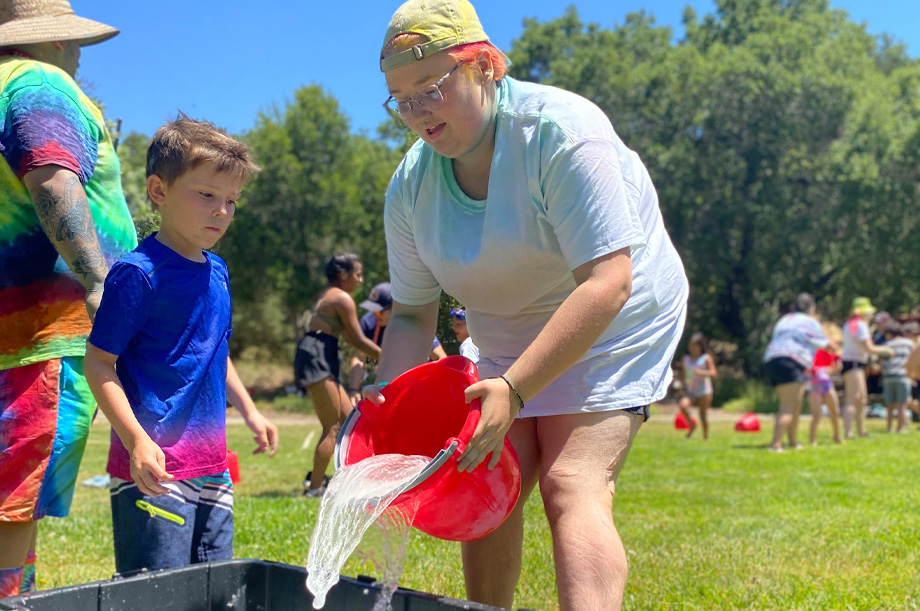
Service and outreach
Nearly five decades after that tragic day at Farrell’s, the UC Davis Burn Center and Firefighters Burn Institute have expanded their programs in burn research, public education, fire and burn prevention, and burn recovery for survivors and their families.
UC Davis developed the burn disaster triage diagram that is now used in burn disasters across the nation. It has served as the primary center for triage and treatment of Northern California wildfire patients.
The Firefighters Burn Institute, which hosts the summer camp, also offers the Youth Firesetter Program for parents and troubled adolescents, the Liaison Response Team for injured firefighters and scholarships that support burn survivors and the health care professionals who care for them. Leaders hope to establish additional mental health resources in the future.
Fill the boot, fund the future
For those who remember that plane crash a half century ago, finding a silver lining is tough. For those who are just now learning what happened — and how the tragedy paved the way for world-class burn care in the Sacramento region — the good is recognized.
“I appreciate these foundations so much more than I could ever express. That they came to fruition from that accident, I’m just so grateful,” said Holly Carr.
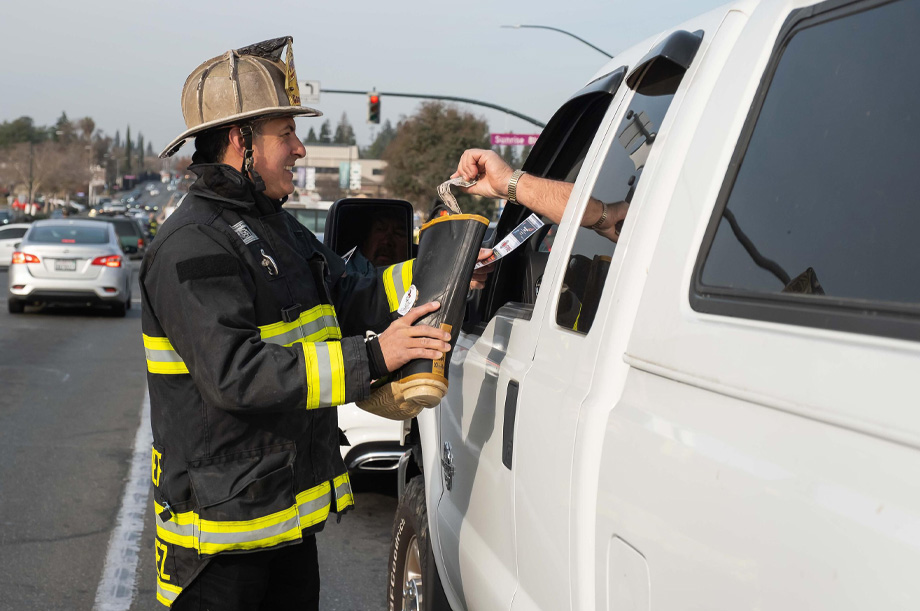
“Many years ago, when I’d see firefighters around town asking us to ‘fill the boot’ with donations, I dropped my money in and never asked what it was for,” Basquez added. “Now I share my story so that people know what Fill the Boot for Burns is about, what my support groups are about. I feel it’s a blessing.”
A blessing that resulted from a disaster.
“We commemorate what happened and the lives that were lost,” Pick said. “It’s phenomenal what resources we have today in Sacramento due to that event 50 years ago.”
Additional resources
To learn more about UC Davis Health’s burn survivor support group, contact the burn outreach coordinator at (916) 734-3636 or lhspink@ucdavis.edu.
Survivors also benefit from the Firefighters Burn Institute programs, including:

